PELCO PA30-0065-00-A1
The PELCO PA30-0065-00-A1 is a camera mount adapter designed for use with Pelco’s Spectra IV SE and Spectra IV SL series dome cameras. It allows the camera to be mounted to a variety of different surfaces, including walls, ceilings, and poles. The adapter is made of durable aluminum and features a swivel head for easy camera positioning. It also includes a cable feed-through for easy installation and maintenance.
The product description content and parameters of the Pelco PA30-0065-00-A1 camera mount include:
- Construction: The mount is constructed with high-quality materials, ensuring durability and long-term use.
- Compatibility: It is compatible with a wide range of Pelco cameras and can support their weight and size.
- Design: The mount features a sleek and compact design, allowing for easy installation and integration into various surveillance setups.
- Adjustability: The camera mount offers multiple adjustment options, including pan, tilt, and rotation, enabling users to position the camera at their desired angle and direction.
- Ease of installation: The PA30-0065-00-A1 camera mount comes with all the necessary mounting hardware and instructions, making the installation process quick and easy.
- Weather resistance: This camera mount is designed to withstand different weather conditions, making it suitable for both indoor and outdoor surveillance applications.
- Load capacity: It has a specified load capacity, indicating the maximum weight it can securely hold without compromising stability or functionality.
- Compatibility with accessories: The camera mount can be used with a variety of accessories, such as brackets and housing, to enhance its functionality and adapt to different surveillance needs.
- Application: The Pelco PA30-0065-00-A1 camera mount is suitable for use in various settings, including commercial buildings, retail stores, offices, and outdoor spaces, ensuring effective surveillance and security.
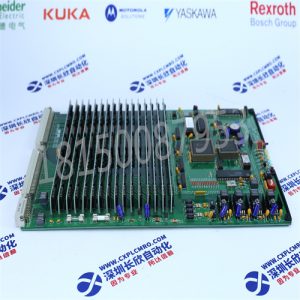
HDMI to VGA RCA Adapter Cable 5ft
JDS Fitel RM3750B(RM3750B+Z0001)Backreflect Meter
HP/Agilent 8156A Optical Attenuator with option 101
HP/Agilent 81536A InGaAs,+3 to-70 dBm,800 to 1700nm
Corning Leaf(R)Optical Bare Fiber10.5km
OptiSpec EKE Light source For Video Microscope
NEWPORT ORION-CM Fiber Alignment System
TTC T-BERD211 Communications Test Sets T1 TRANSMISSION
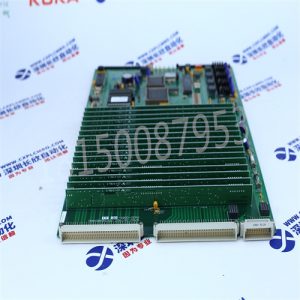
Motor torque characteristics
In order to improve the torque characteristics of motors, many scholars and research institutions have made bold attempts and innovations in the structural design of permanent magnet synchronous motors, and have made many new progress. In order to solve the contradiction between slot width and tooth width, transverse flux machine technology has been developed. The armature coil and tooth slot structure are vertical in space, and the main magnetic flux flows along the axial direction of the motor, improving the power density of the motor; Adopting a double-layer permanent magnet arrangement increases the quadrature axis conductivity of the motor, thereby increasing the output torque and maximum power of the motor; Change the stator tooth shape and magnetic pole shape to reduce torque ripple of the motor, etc.
Weak magnetic expansion ability
After adopting weak magnetic control, the operating characteristics of permanent magnet synchronous motors are more suitable for the driving requirements of electric vehicles. Under the same power requirements, the inverter capacity is reduced and the efficiency of the drive system is improved. Therefore, permanent magnet synchronous motors for electric vehicle driving generally use weak magnetic field expansion. For this reason, domestic and foreign research institutions have proposed various solutions, such as adopting a double stator structure and using different windings at different speeds to maximize the utilization of the permanent magnet magnetic field; Adopting a composite rotor structure, the rotor adds a reluctance section to control the reactance parameters of the motor’s direct and quadrature axes, thereby increasing the motor’s speed expansion ability; The stator adopts deep grooves to increase the direct axis leakage reactance and expand the speed range of the motor.
Motor Control Theory
Due to the nonlinear and multivariable characteristics of permanent magnet synchronous motors, their control difficulty is high, and the control algorithm is complex. Traditional vector control methods often cannot meet the requirements. For this reason, some advanced control methods have been applied in permanent magnet synchronous motor speed control systems, including adaptive observers, model reference adaptation, high-frequency signal injection method, fuzzy control, genetic algorithm and other intelligent control methods. These control methods do not rely on the mathematical model of the control object, have good adaptability and robustness, and have unique advantages for nonlinear systems such as permanent magnet synchronous motors.



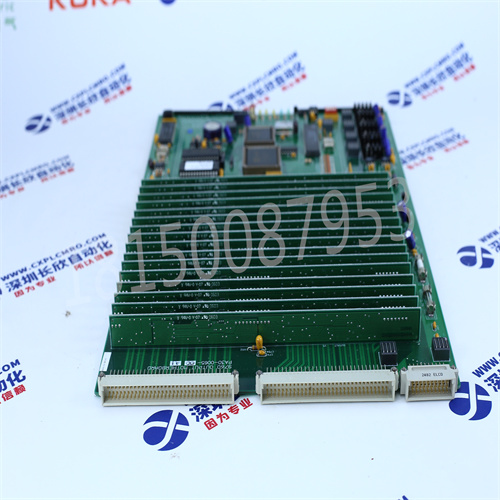
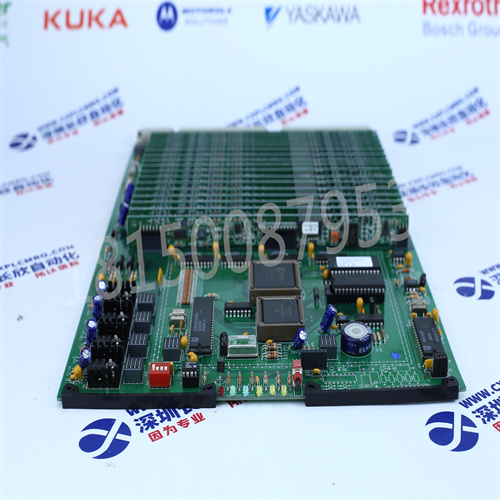
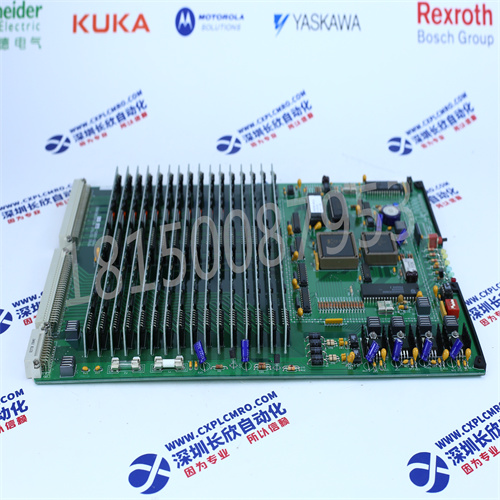
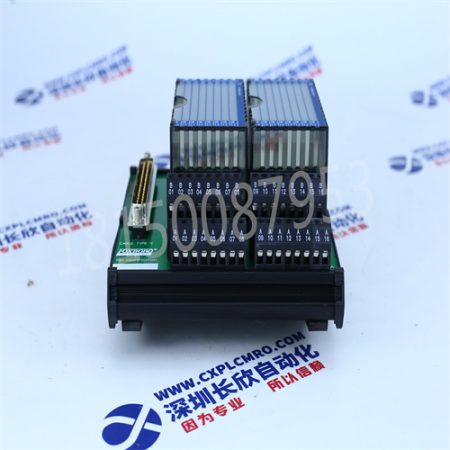
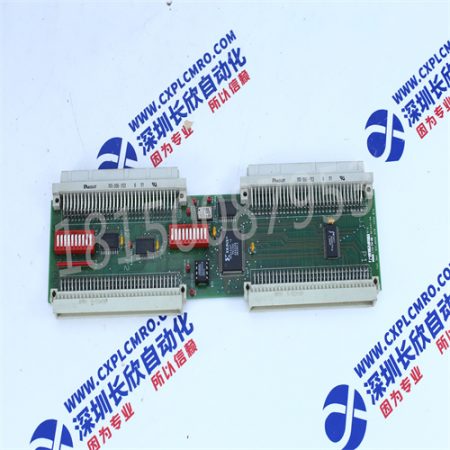
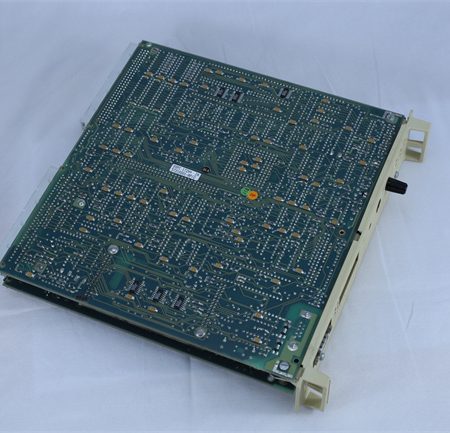
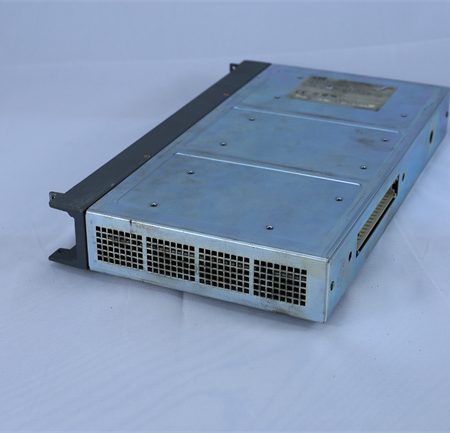
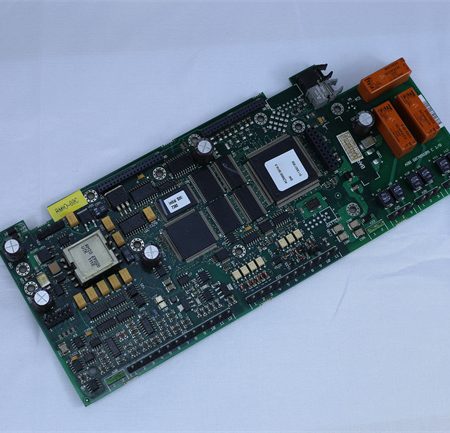
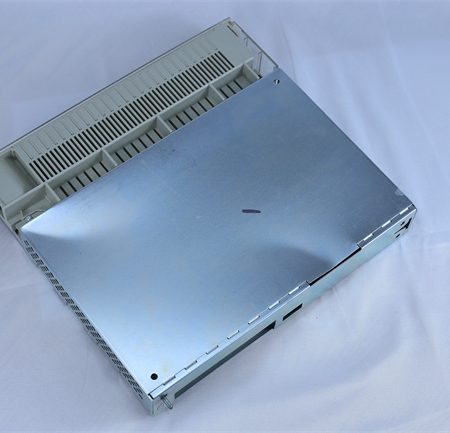
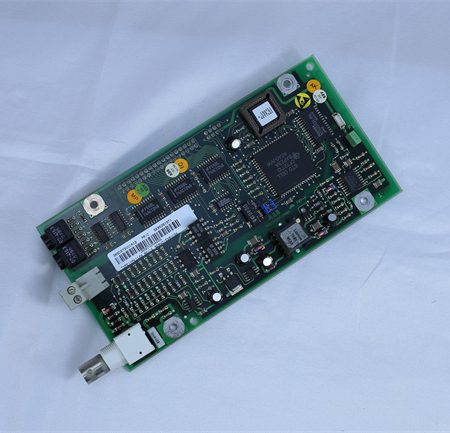
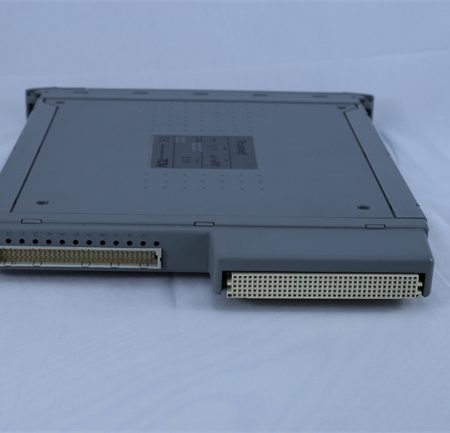
Reviews
There are no reviews yet.